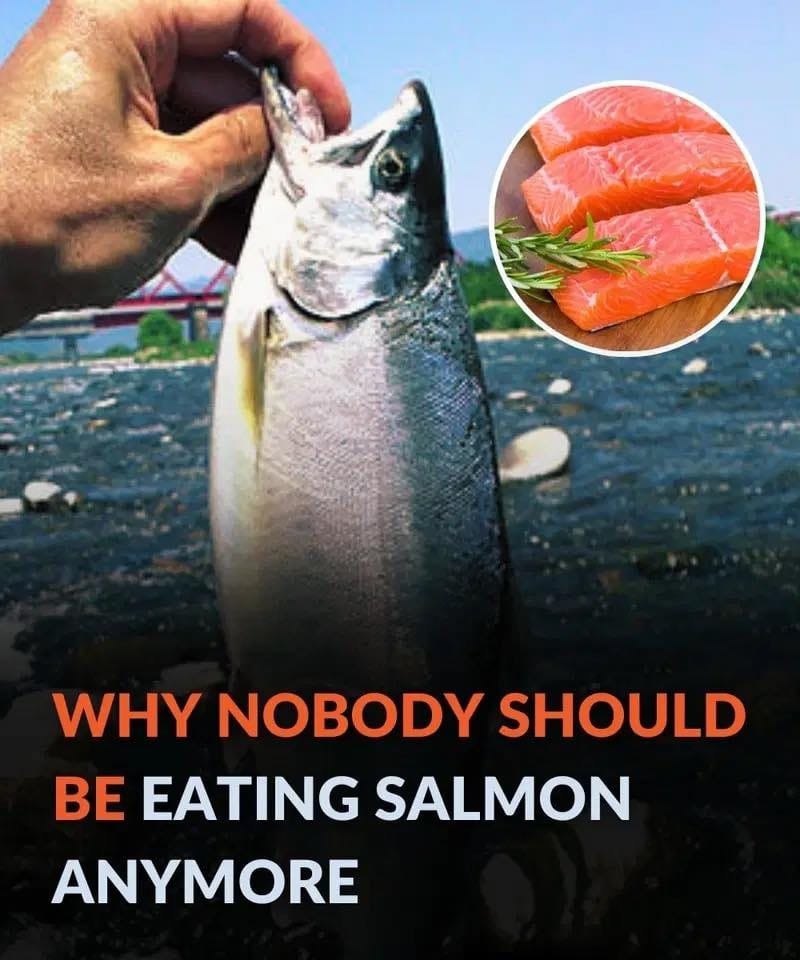ADVERTISEMENT
#### 3. **Overfishing and Declining Wild Salmon Populations**
While wild-caught salmon are considered a healthier and more sustainable option, the reality is that many wild salmon populations are in decline due to **overfishing**, **habitat destruction**, and **climate change**. Salmon fisheries often face challenges in ensuring that their catch is sustainable, and certain wild-caught salmon species are considered endangered or threatened.
Overfishing of wild salmon is a concern not only for the health of the fish populations but also for the broader marine ecosystem. The depletion of wild salmon can have a cascading effect on the food web, affecting other species that depend on salmon for food, including bears, birds, and marine mammals.
#### 4. **Mercury and Other Contaminants**
All fish, including salmon, have the potential to contain mercury, a heavy metal that can accumulate in the body over time. While salmon generally has lower mercury levels than other large fish like swordfish or tuna, it’s still a consideration, particularly for pregnant women, young children, and other vulnerable groups. Mercury exposure can lead to neurological and developmental issues, so it’s recommended to limit the intake of high-mercury fish in certain populations.
### **The Bottom Line: Should You Keep Eating Salmon?**
After considering both the benefits and risks, the decision to continue eating salmon depends on several factors, including the type of salmon you’re consuming, the frequency of consumption, and your personal health goals.
#### **Choose Wild-Caught Over Farmed**
To maximize the health benefits of salmon while minimizing the risks, it’s generally recommended to choose **wild-caught** salmon over **farmed** salmon. Wild-caught salmon tends to have higher levels of omega-3s, lower levels of contaminants, and is typically more sustainable. Look for wild-caught salmon that is certified by organizations such as the **Marine Stewardship Council (MSC)**, which ensures that the fish is sustainably sourced.
#### **Limit Consumption of Farmed Salmon**
If wild-caught salmon is not an option, or if it’s more expensive, try to limit your intake of farmed salmon. While it’s still a source of protein and omega-3s, farmed salmon is generally lower in nutritional quality and higher in toxins. If you must eat farmed salmon, consider eating it in moderation and balancing it with other sources of healthy fats, such as nuts, seeds, and plant-based oils.
#### **Incorporate Other Omega-3-Rich Foods**
While salmon is an excellent source of omega-3 fatty acids, it’s not the only option. To reduce your reliance on salmon and diversify your omega-3 intake, consider adding other omega-3-rich foods to your diet, such as:
– **Chia seeds**
– **Flaxseeds**
– **Walnuts**
– **Hemp seeds**
– **Algal oil** (a plant-based source of DHA and EPA)
### **Conclusion: Making an Informed Decision**
Salmon is undeniably a nutrient-dense food that offers many health benefits, including heart health, brain function, and skin care. However, as with any food, it’s important to be mindful of the source and quality of the salmon you consume. Farmed salmon, in particular, can pose health risks due to contaminants and environmental concerns.
By making informed choices—
opting for wild-caught salmon when possible, limiting farmed salmon, and incorporating other omega-3-rich foods into your diet—you can enjoy the benefits of this popular fish while mitigating potential health and environmental risks.
So, next time you’re at the seafood counter or sitting down for a meal, consider all the factors that go into the fish you choose. Your health and the planet will thank you for it.
